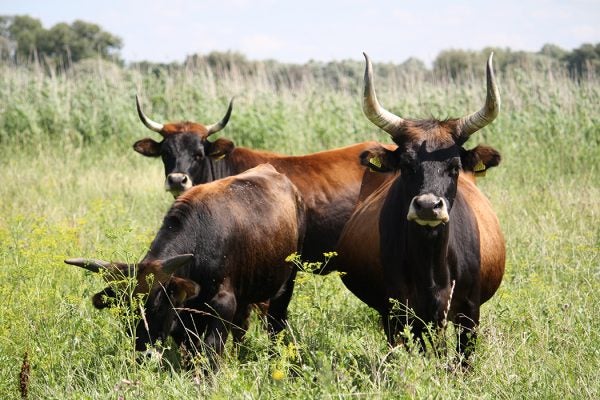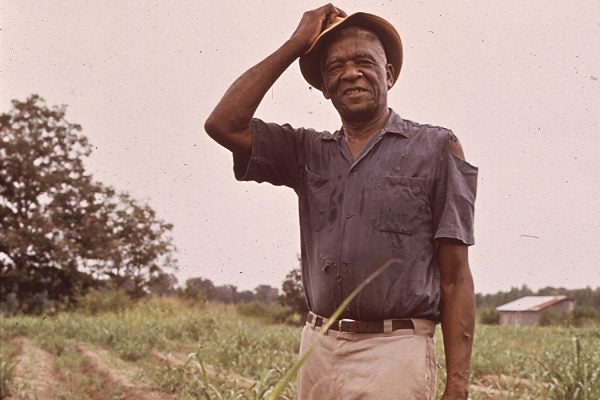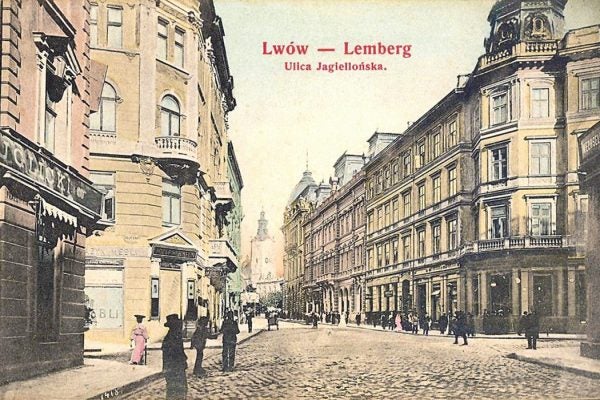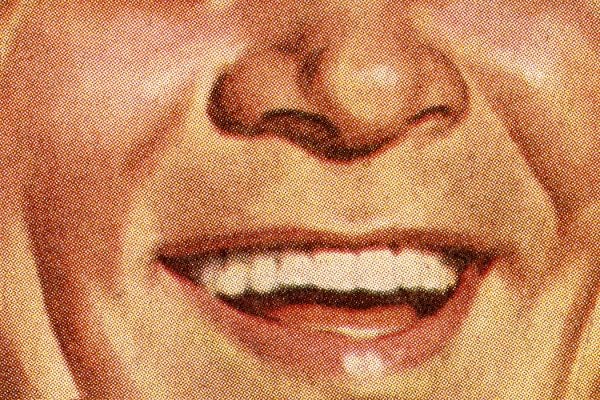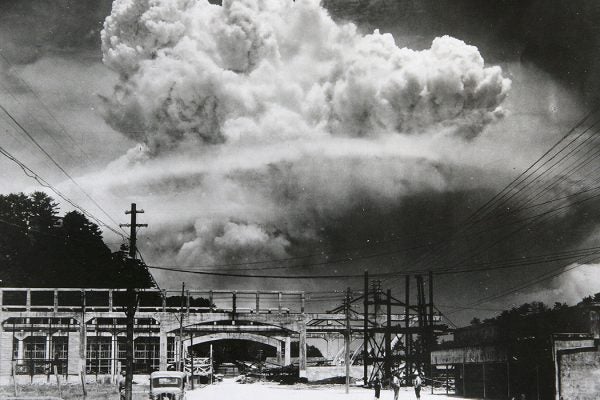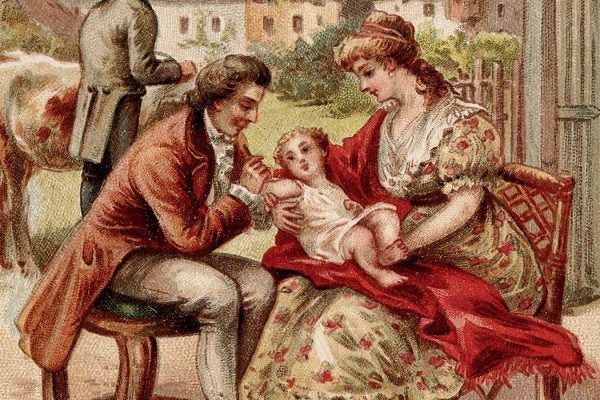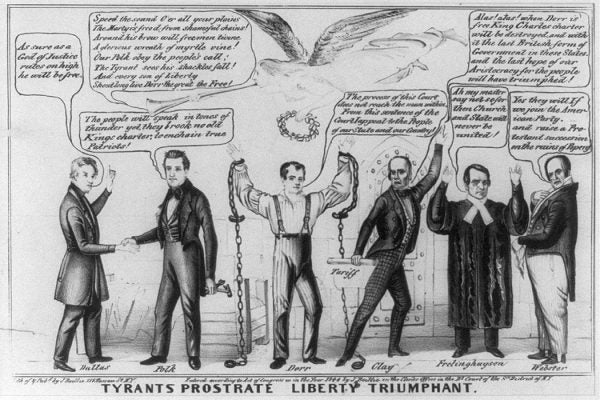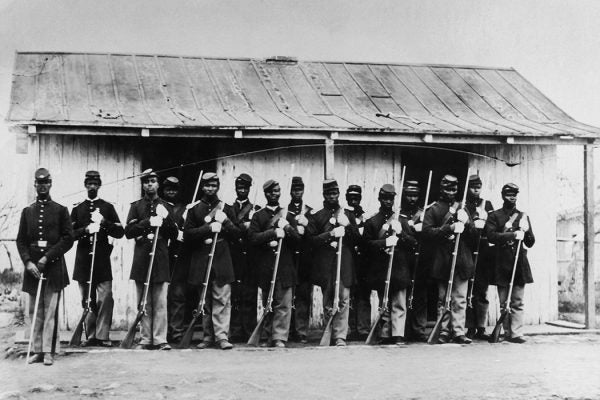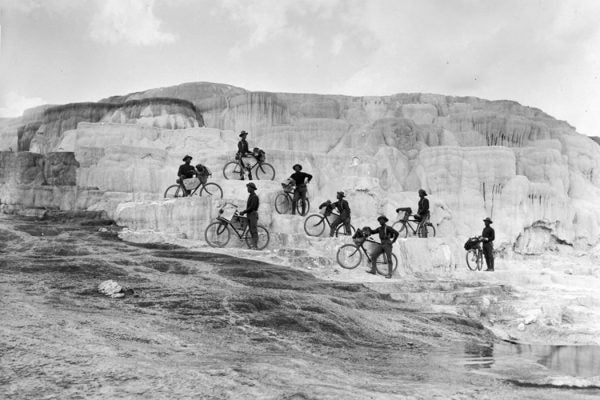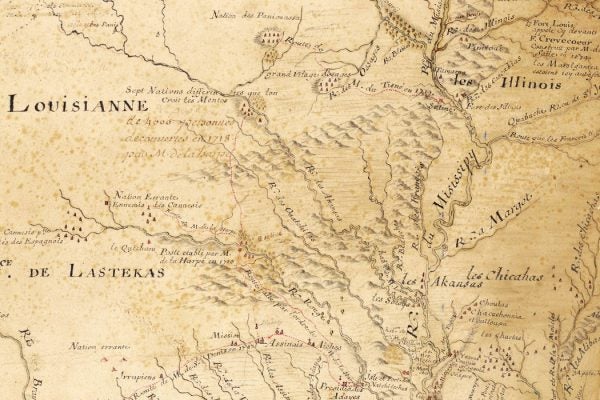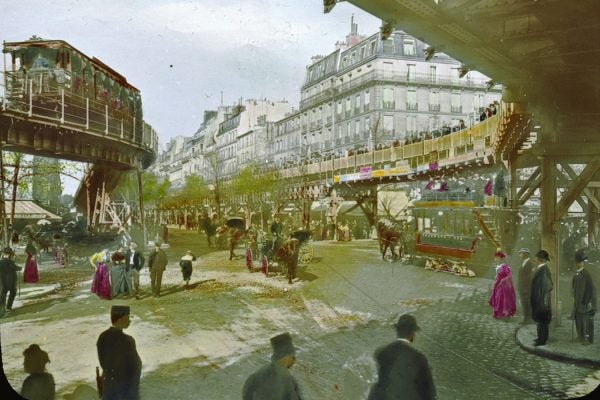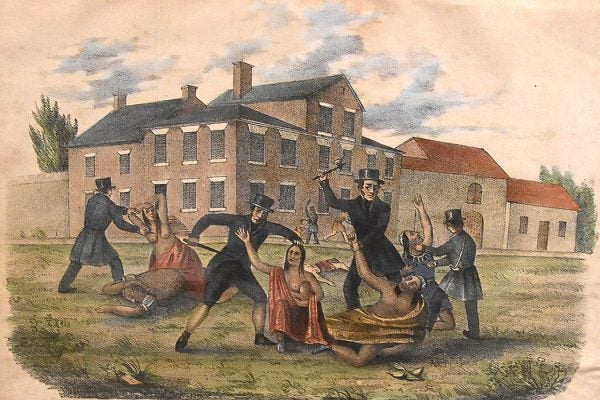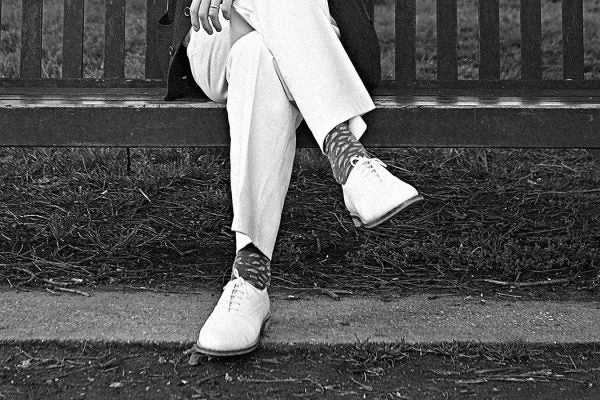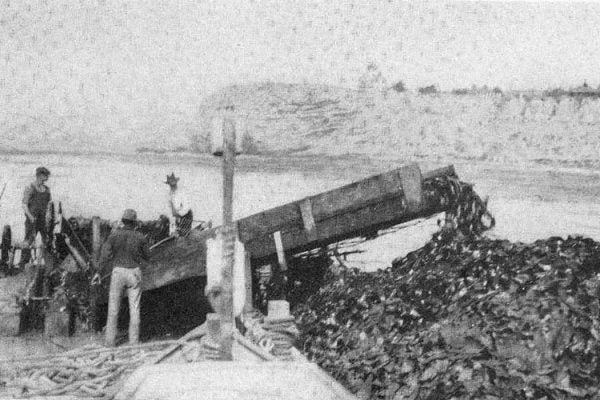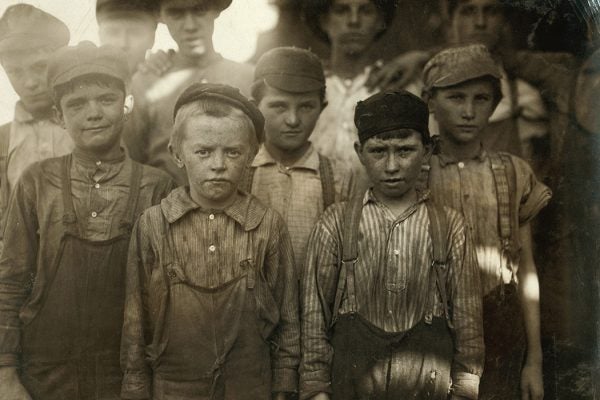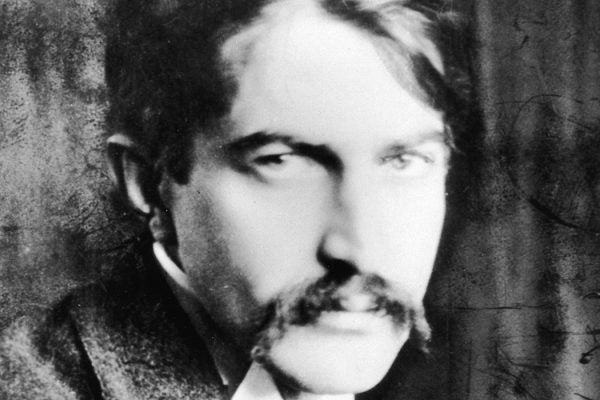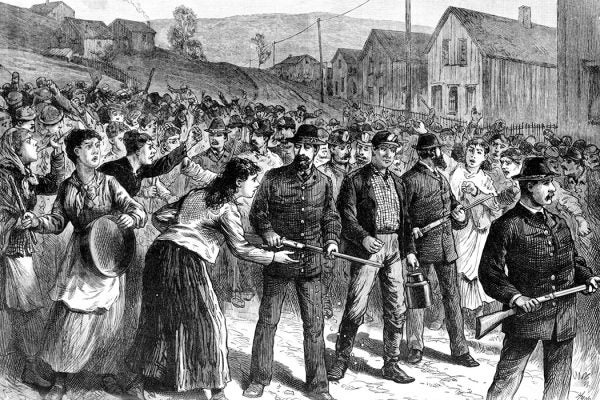Cows Gone Wild: The Cattle of Heck
Returning large, wild herbivores to Europe could help maintain soil health and discourage invasive species, but these cows have some political baggage...
The USDA Versus Black Farmers
Current attempts to correct historical discrimination by local and regional offices of the USDA have been met with charges of "reverse discrimination."
Sammy Davis Jr.’s Conversion Mishegoss
Sammy Davis Jr.'s conversion to Judaism in 1960 was met with skepticism, derision, and, yes, jokes by the members of the groups he claimed and embraced.
Lviv: Open to the World
The history of the Ukrainian city of Lviv is long, complex and mirrors some of the larger conflicts of the Eastern European region.
The Laugh Track: Loathe It or Love It
The use of a laugh track began with radio, and was taken up by the new medium of television in 1950. Both viewers and critics have loathed it ever since.
Hiding The Radiation of the Atomic Bombs
The atomic bombing of Hiroshima and Nagasaki by the US came with censorship and obfuscation about the effects of the radiation on those who were exposed.
Drafting a Constitution: Thurgood Marshall in Kenya
In 1960, before his nomination as a US Supreme Court justice, Thurgood Marshall helped frame the constitution that would serve a new country.
The National Vaccine Institute and Vaccination For All
The early US fight against smallpox was helped by the establishment of the National Vaccine Institute, an agency that wouldn't survive government mistrust.
The Dorr Rebellion for Voting Rights
In 1842, an attempt to enfranchise all men in Rhode Island resulted in two governors, two constitutions and what we now know as the Dorr Rebellion.
Black Soldier Desertion in the Civil War
The reasons Black Union soldiers left their army during the Civil war were varied, with poor pay, family needs and racism among them.
Fact-Based Courts, but What Facts?
US courts operate as "informationally disabled" institutions that may lack (or intentionally exclude) important facts when making complex legal decisions.
Jim Crow’s Civil Defense Plans
The first head of the Federal Civil Defense Administration planned on maintaining segregation in bomb shelters, and in the post-nuclear future.
Buffalo Soldiers and the Bicycle Corps
Buffalo Soldiers were assigned to assess bicycles as military transportation on the frontier at the end of the nineteenth century.
New History of the Illinois Country
The history of French settlement in le pays des Illinois is not well-known by Americans, and what is known is being revisited by historians.
Just Saying No To Valium
Ninety million bottles of Valium were dispensed yearly in the U.S. during the mellow Seventies. What happened?
Memorializing Life Under Soviet Terror
A Russian court has ruled the country’s oldest human rights organization must be dissolved. The work they do required trust from those who had lived under Stalin.
Graffiti: Jaytalking in 19th Century Paris
The files of Paris police from the late nineteenth century reveal the tumultuous politics of the time through the graffiti recorded in them.
Colonial Civility and Rage on the American Frontier
A 1763 massacre by colonial settlers exposed the irreconcilable contradictions of conquest by people concerned with civility.
Mesmerizing Labor
The man who introduced mesmerism to the US was a slave-owner from Guadeloupe, where planters were experimenting with “magnetizing” their enslaved people.
White Shoes, WASPs and Law Firms
Law firms founded on Protestant identity necessitated the creation of firms that would hire those shut out by WASP gatekeeping.
Burning Kelp for War
World War I saw the availability of potash plummet, while its price doubled. The US found this critical component for multiple industries in Pacific kelp.
The Age of the Birth Certificate
When states began restricting labor by children, verifying a person's age became an important means of enforcement.
Making Steel All Shiny and New
When it seemed that steel had lost its gleam with American consumers, the industry turned to marketing to make it shine again.
Stephen Crane vs. The Police
When the author tried to defend a woman from charges of solicitation, and then testified against the arresting officer, the NYPD struck back.
American Vigilantism
In the early 20th century, labor unrest and strike breaking were done not by the government, by private agencies and self-appointed vigilantes.

